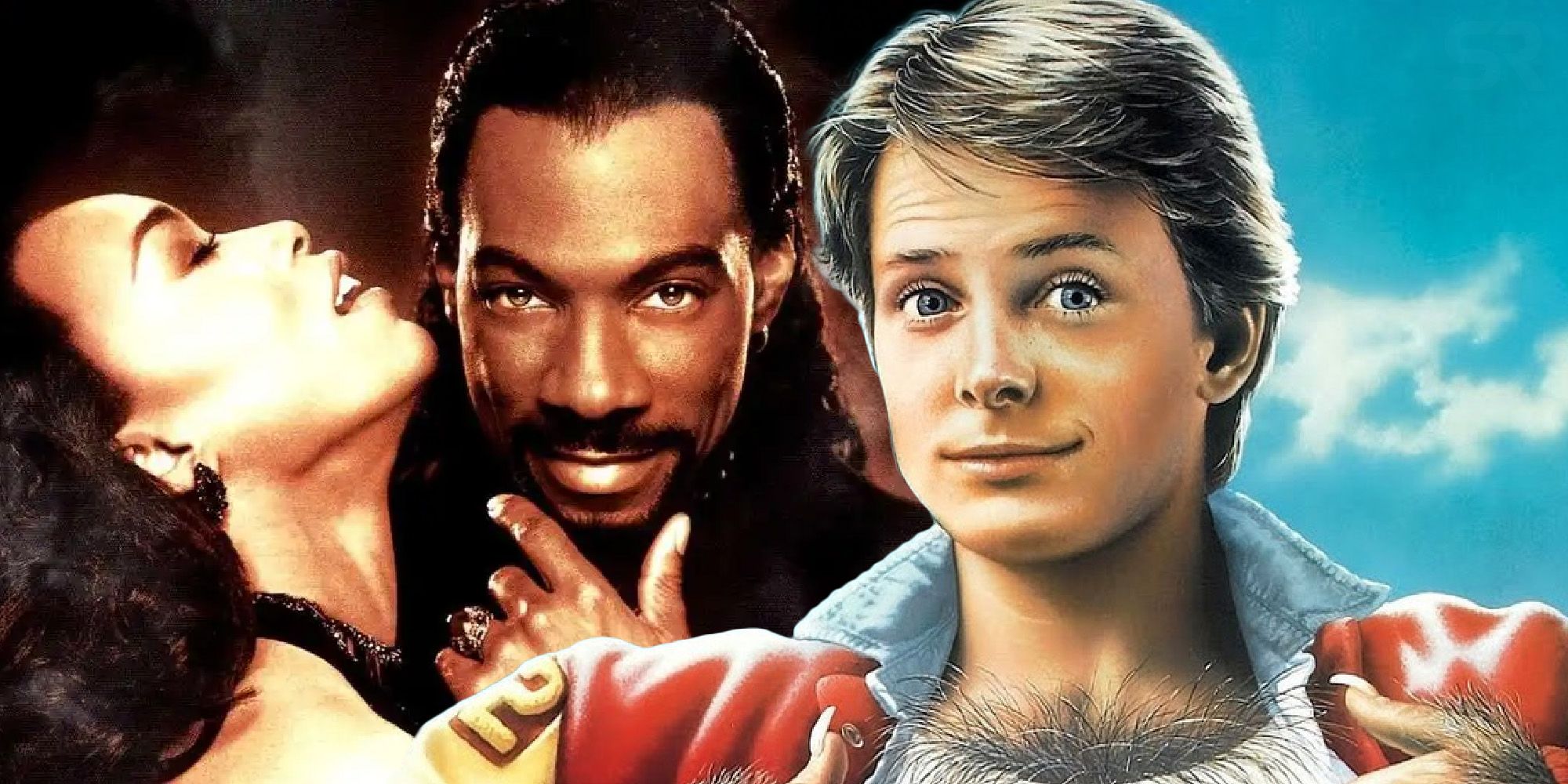Wes Craven’s Vampire In Brooklyn attempted to make its mark as an unforgettable horror comedy, but ultimately fell flat in its delivery. In the 1990s, the sub-genre was on the rise with incredibly humorous takes on classic creatures, ghostly hauntings, and zombies. While Craven was known for crafting some of the more serious movies in the horror genre, he took a risk with Vampire In Brooklyn, but nearly everything that could’ve gone wrong with his attempt went wrong despite the best intentions.
Releasing in 1995, Vampire In Brooklyn stars Eddie Murphy as Maximillian, who travels to Brooklyn, New York in order to find the daughter of a vampire who is from the same Caribbean Island as him. Once he finds Detective Rita Veder, portrayed by Angela Bassett of American Horror Story fame, he reveals to her that she is the vampire he has been looking for. What ensues is an incredibly underwhelming take on vampires and horror comedy elements. Craven is known predominately for his creation of Freddy Krueger and the A Nightmare On Elm Street franchise as well as the meta slasher franchise, Scream. In the documentary Horror Noir: A History Of Black Horror, creators and directors in the genre discussed how Craven worked toward making Black people central to his work, but wasn’t always successful.
Click the button below to start this article in quick view.
In the same conversation, Jordan Peele cited The People Under The Stairs as being a profoundly influential movie on him, which led to his career in horror that actively works to subvert racist tropes in the genre. The original Black vampire, William Marshall of Blacula, is featured in the documentary as well. The presence of a Black vampire over a traditionally white one was so revolutionary in the 1970s that it was able to inspire a wave of Black horror movies, some of which are considered blaxploitation while others are not. Craven’s Vampire In Brooklyn could’ve succeeded here, but its comedic effects were off-putting and its tonality was infrequent.
Horror comedies can succeed based on several factors: their ability to parody an original work, utilizing tropes to make overt/covert jokes, and a story that pulls audiences in. Over the past several years, the sub-genre has reached new heights with comedic takes on slashers such as Freaky and Happy Death Day as well as satanic cults like that of McG’s The Babysitter series. Creature features aren’t entirely easy to add humorous tonality to. While An American Werewolf In London proved that it is possible, others like Vampire In Brooklyn showed otherwise.
This is not to say vampires can’t be funny, as Netflix’s Vampires vs. The Bronx and the mockumentary What We Do In The Shadows proved that they could. However, Craven’s movie doesn’t navigate the material well enough to be considered an outright good horror comedy. Vampire In Brooklyn doesn’t hold onto its own plot. Instead, it jumps through various themes, and the characters tend to be uninspired. In fact, most of them resemble problematic tropes that aren’t used in order to unpack them, but are actually captured in a horrid attempt to make the movie funny, which it really isn’t. Rusty Cundieff’s Tales From The Hood came out the same year as Craven’s movie, which further showcased how horror comedies about Black characters could be comedic without relying on tropes at all.
While the directors and creators featured in Horror Noir: A History Of Black Horror discussed Craven’s use of Black characters in horror movies in an attempt to make them more central to the genre, they discussed how it often went wrong. One can speculate they were including Vampire In Brooklyn as one of these instances, though it wasn’t cited directly. Even so, there are more than a few reasons that suggest this to be true. Overall, the story wasn’t consistent, the comedy was lackluster, and the characters were underdeveloped. While it’s good other movies have learned from these mistakes, it is unfortunate Craven relied too heavily on tropes to make Vampire In Brooklyn a horror comedy rather than embracing more organic – and less contrived – comedy elements.
About The Author
